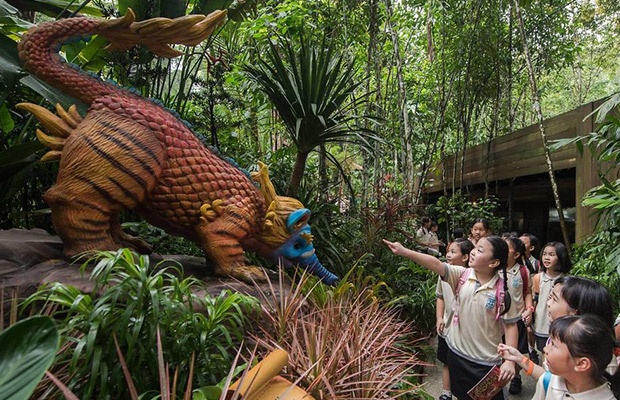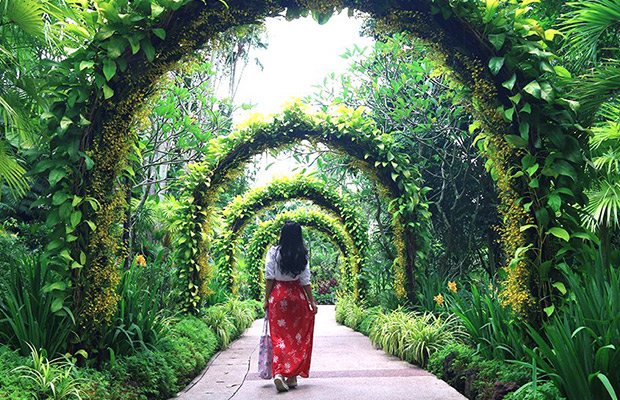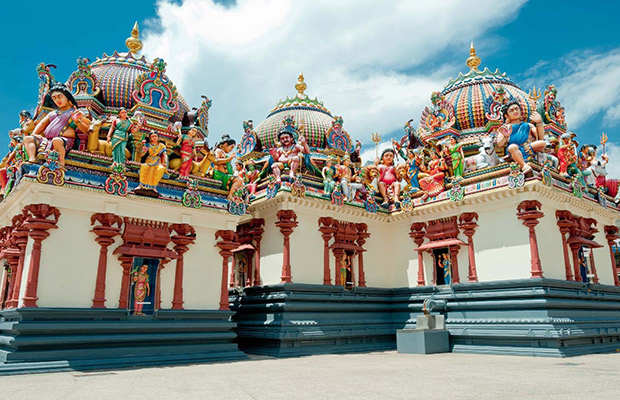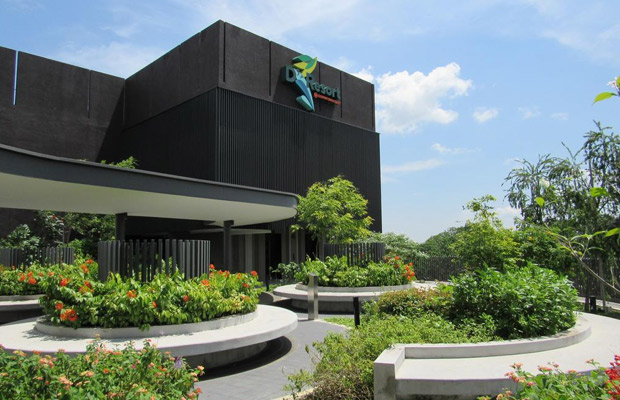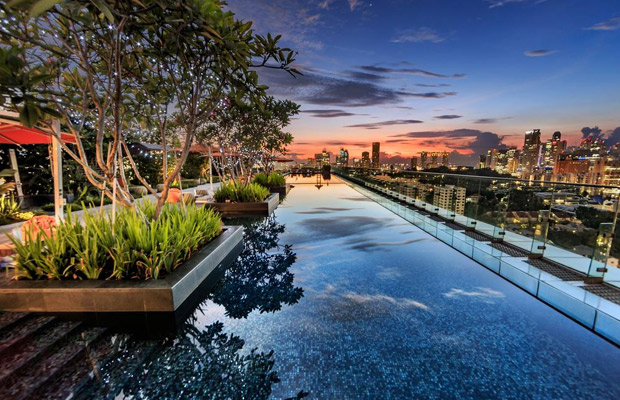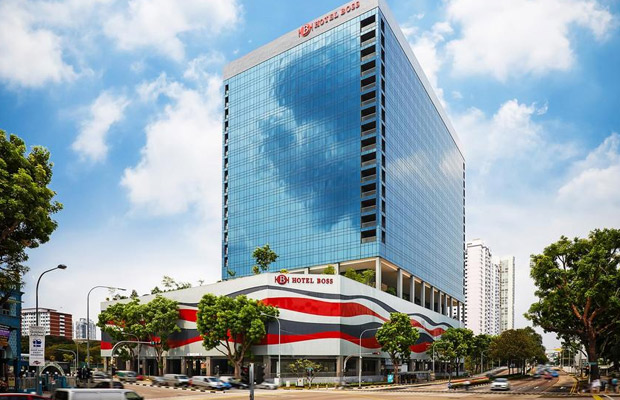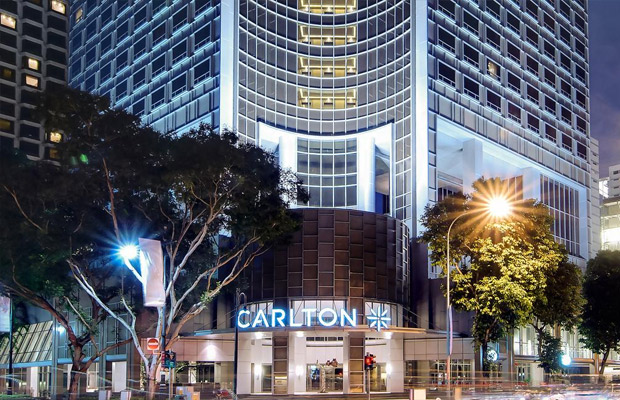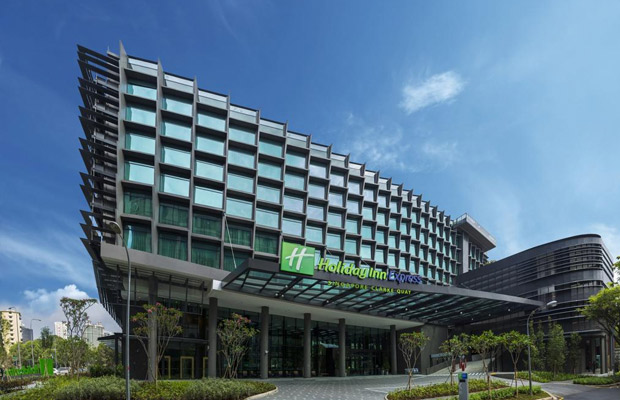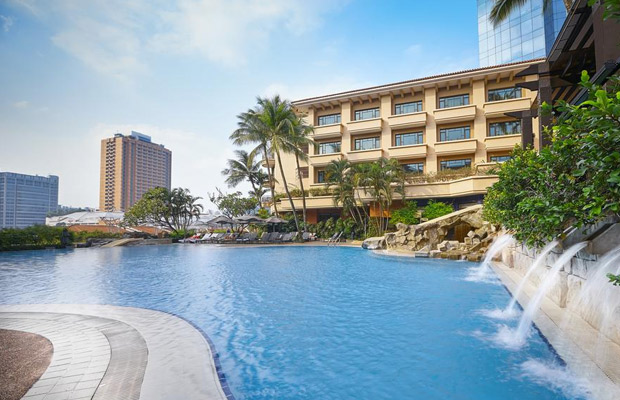Singapore Zoo
Singapore Zoo
Singapore
Singapore
Singapore Travel Guide
Book Tour & Activities
Your tour in Singapore.
Book your stay
Your hotel in Singapore.
Overview
White tigers, pygmy hippos, and even naked mole rats—Get up close with these animals and more at Singapore Zoo. The 26-hectare wildlife park, home to over 300 species of mammals, birds and reptiles, has been providing exciting wildlife experiences to visitors for over 40 years.
The Singapore Zoo, formerly known as the Singapore Zoological Gardens or Mandai Zoo and now commonly known locally as the Singapore Zoo, occupies 28 hectares (69 acres) on the margins of Upper Seletar Reservoir within Singapore's heavily forested central catchment area. The zoo was built at a cost of $9 million granted by the government of Singapore and opened on 27 June 1973. It is operated by Wildlife Reserves Singapore, who also manage the neighbouring Night Safari, River Safari and the Jurong Bird Park. There are about 315 species of animal in the zoo, of which some 16 percent are considered to be threatened species. The zoo attracts 1.7 million visitors each year.
From the beginning, Singapore Zoo followed the modern trend of displaying animals in naturalistic, 'open' exhibits with hidden barriers, moats, and glass between the animals and visitors. It houses the largest captive colony of orangutans in the world.
History
Chomel, a Sumatran orangutan, at the Singapore Zoo (Lionel Lee, 2009)
Prior to the establishment of Singapore Zoo, there were other short-lived zoos in Singapore's history, including the first recorded zoo founded in the early 1870s at the present-day Singapore Botanic Gardens, a zoo opened in the 1920s in Ponggol (present-day Punggol) by animal trader William Lawrence Soma Basapa and two zoos run by two brothers by the surname of Chan during the 1960s.
The conception of the Singapore Zoo dates from 1969. At the time, the Public Utilities Board (PUB) decided to use some of its land holdings around reservoirs for parks and open recreational facilities. The executive chairman of the PUB, Dr Ong Swee Law, set aside 88 ha (220 acres) of land for the construction of a zoological garden.
In 1970, consultants and staff were hired, and in 1971, the construction of the basic 50 enclosures was started. Animals were collected from dealers and donated by sponsors. The director of the Colombo Zoo in Sri Lanka, Lyn de Alwis, was hired as a special consultant to work out the problems inherent in tropical zoos.
On 27 June 1973, the Singapore Zoo opened its gates for the first time with a collection of 270 animals from over 72 species, and a staff of 130. By 1990, 1,600 animals from more than 160 species lived in social groups, housed in 65 landscaped exhibits with boundaries conceived to look as natural as possible.
In 1987, the zoo began to display rare animals loaned by other zoos. The first animals displayed in this manner were the rare golden snub-nosed monkeys from China in 1987, which attracted more than half a million visitors. This was followed by white tigers from Cincinnati Zoo in 1988 and giant pandas from Wolong National Nature Reserve in 1990.
On 1 August 2000, Singapore Zoological Gardens, Jurong Bird Park and Night Safari were integrated under Wildlife Reserves Singapore, under the umbrella of Temasek Holdings. The zoo underwent a restructuring to improve its efficiency and branding which included merging of shared services and expansion of consultancy services overseas. Night Safari, which began under the zoo, became a separate branding entity.
The restructuring of the zoo was not without controversy. Several key staff, including CEO Bernard Harrison, left as a result in 2002, citing differences in management style. In 2003, Wildlife Reserves Singapore launched a massive rebranding exercise, which was shelved due to widespread public disapproval. The name of the zoo was simplified to Singapore Zoo sometime by 2005.
As a result of the restructuring, more facilities were launched, such as a S$3.6 million Wildlife Healthcare & Research Centre in 2005. Existing infrastructure was revamped to further enhance the experience of visitors. The growth in revenue continued on an upward trend.
Walk on the wild side
Singapore Zoo features 11 zones, each taking you through some of the most distinctive global wildlife habitats in the world. Head to the Australasia exhibit to walk amidst grey kangaroos and agile wallabies, and marvel at tree kangaroos and cassowaries. Other zones in the park include Primate Kingdom, which feature some of the 39 species of primates that can be found in the zoo, Reptile Gardens (keep an eye out for komodo dragons) and the Tortoise Shell-ter, a haven for several species of endangered tortoises.
An immersive experience
Catch our mischievous California sea lion showing off grace and agility in his movement during the Splash Safari Show (which happens at 10.30am and 5pm daily). Or learn about the dangers of deforestation through informative and entertaining Rainforest Fights Back Show (12.30pm and 2.30pm daily).
Go beyond the boundaries into behind-the-scenes areas at Fragile Forest, Reptile Garden and Great Rift Valley of Ethiopia. Register for the Wild Discoverer tour to experience gain behind-the-scenes insights into the zoo’s caretaking process.
For the little ones
Singapore Zoo is, of course, a fantastic destination for family outings. Treat the young ones to a Keeper Encounter, where children aged between five and 12-years-old can try their hand at being a zookeeper, with activities like feeding and grooming rabbits and falabellas.
Another highlight of the park is Rainforest Kidzworld, themed as an animal wonderland. Little ones can enjoy a never-ending list of fun activities such as feeding and petting goats or go on a pony ride. Have a splashing good time in our watery playground and head over to the Pets’ Corner to see rabbits, chicks, and more pint-sized furry friends.
Singapore Zoo
- Address: 80 Mandai Lake Rd, Singapore 729826
- No. of animals: 2,530
- Notable animals: Inuka (Bear), Sheba
- Exhibits: White tiger, Primate Kingdom, Polar Bear
- Operating Hours: Daily, 8.30am – 6pm
(last ticket sale at 5.30pm)
Video Travel Inspiration
See Singapore Zoo on Map
Most Popular Cities

Siem Reap
Cambodia
Ho Chi Minh City
Vietnam
Beijing
China
Paris
France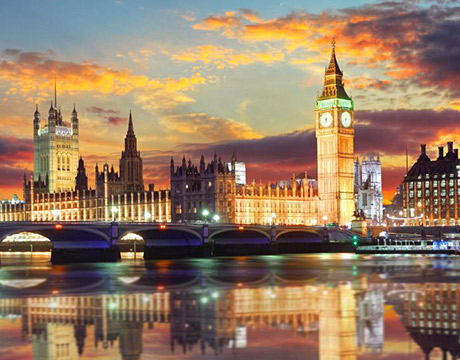
London
United Kingdom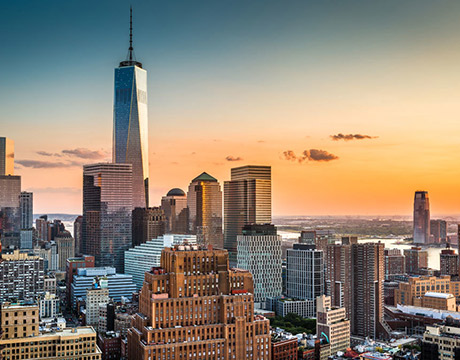
New York
USA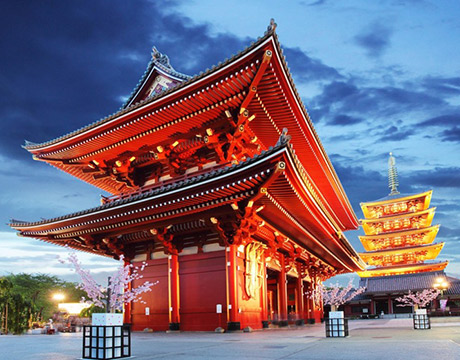
Tokyo
Japan
Bangkok
Thailand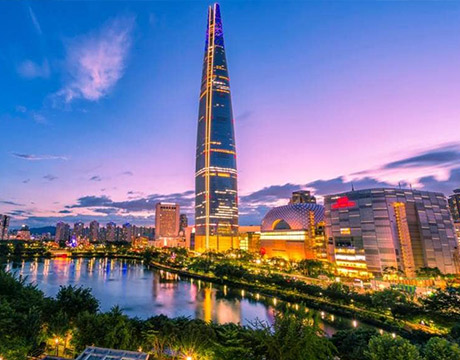
Seoul
South Korea
Vientiane
Laos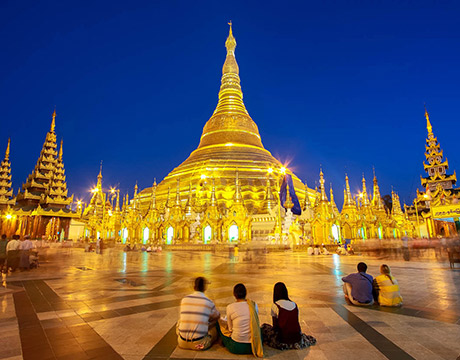
Yangon
Myanmar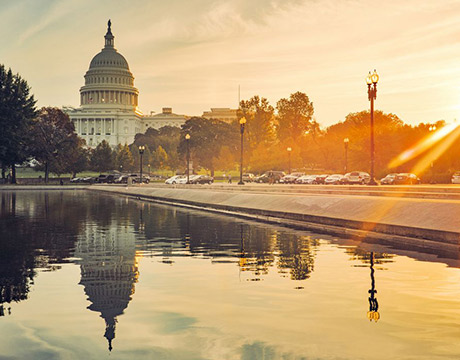
Washington DC
USA
Los Angeles
USA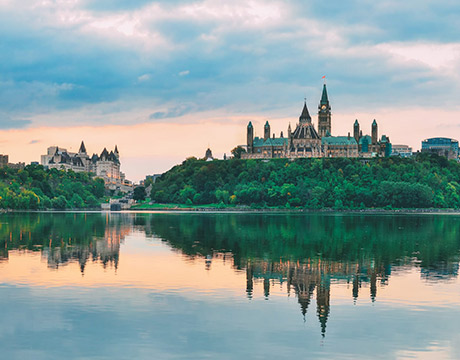
Ottawa
Canada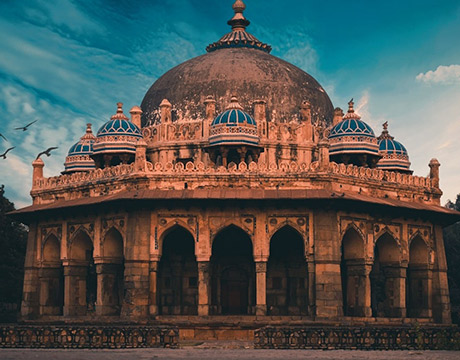
New Delhi
India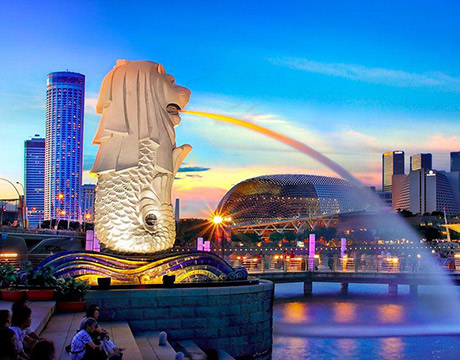
Singapore
Singapore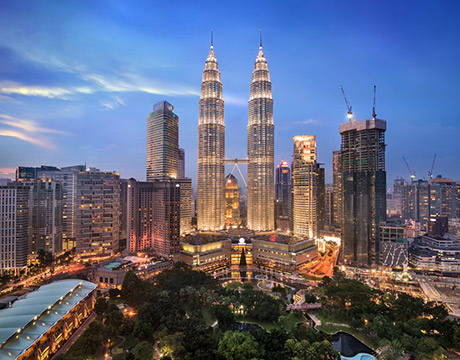
Kuala Lumpur
Malaysia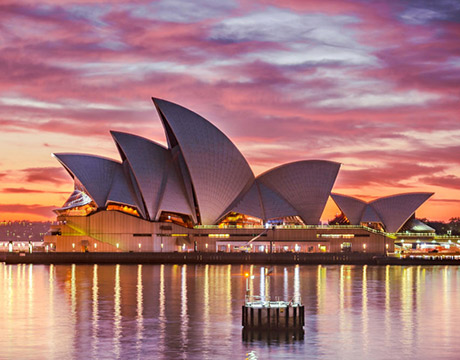
 English
English French
French Khmer
Khmer Thai
Thai Vietnamese
Vietnamese Chinese
Chinese Korean
Korean German
German Japanese
Japanese Italian
Italian Russian
Russian Spanish
Spanish Dutch
Dutch Indonesian
Indonesian Malay
Malay
